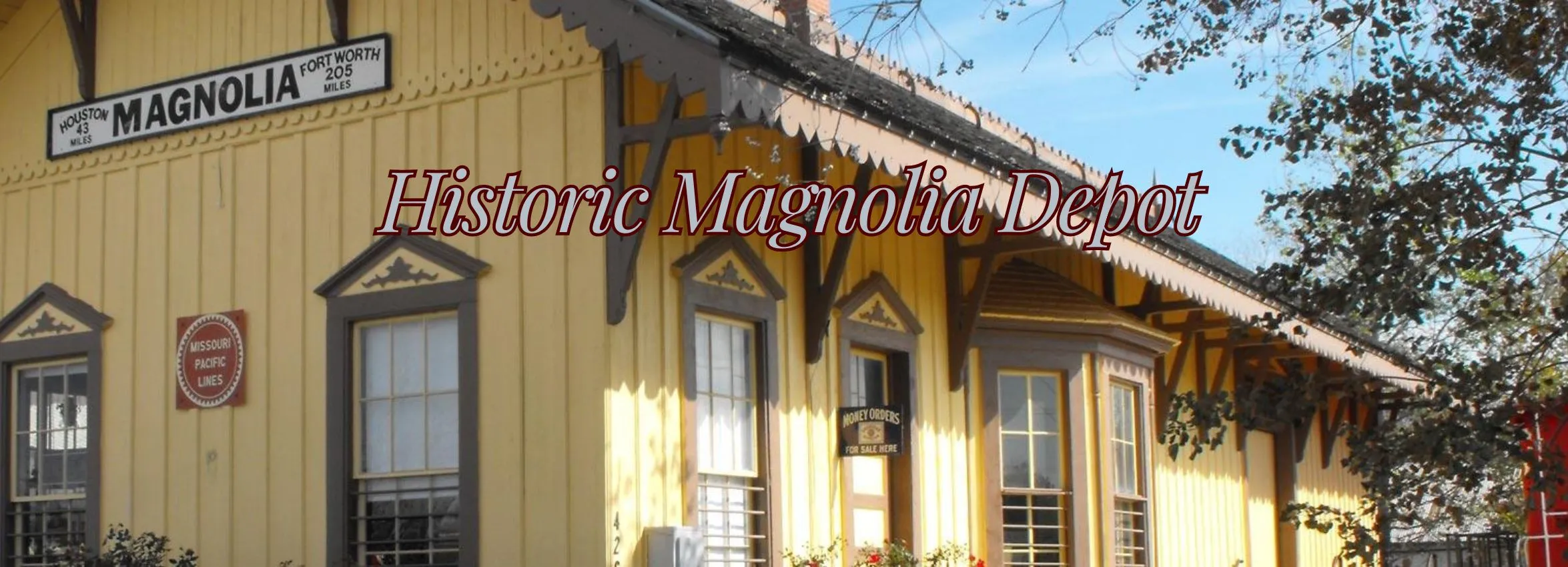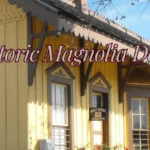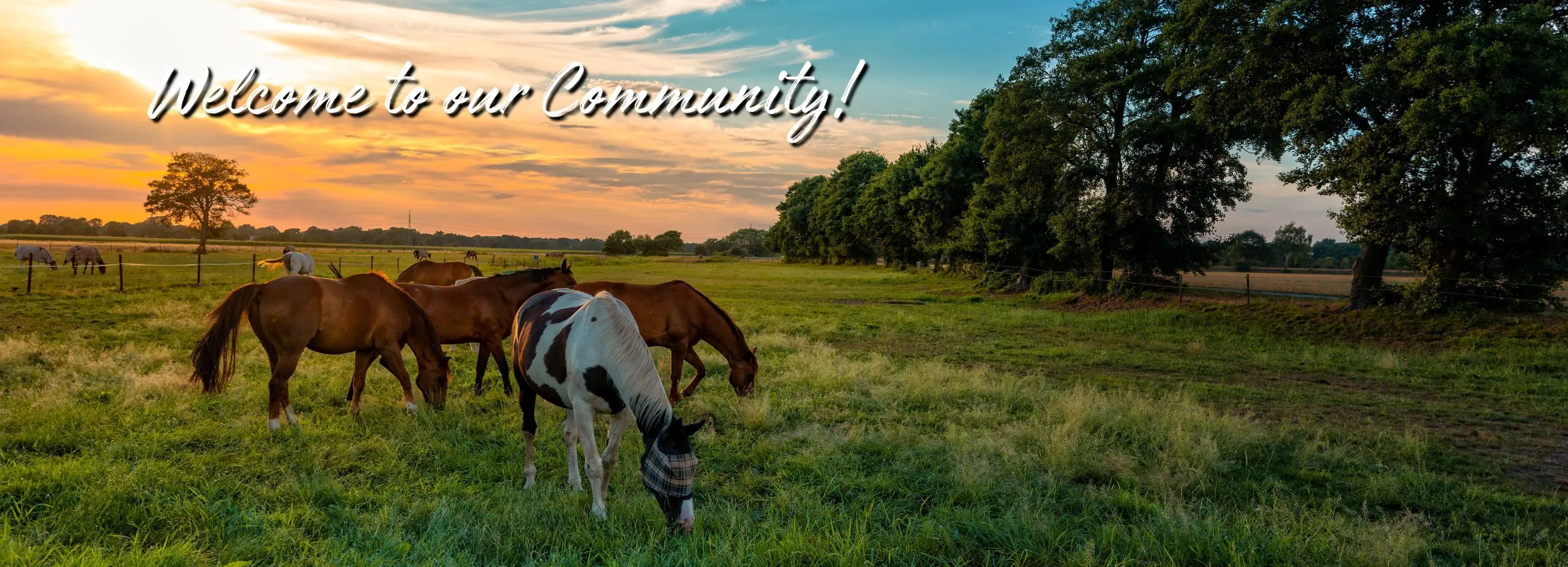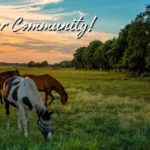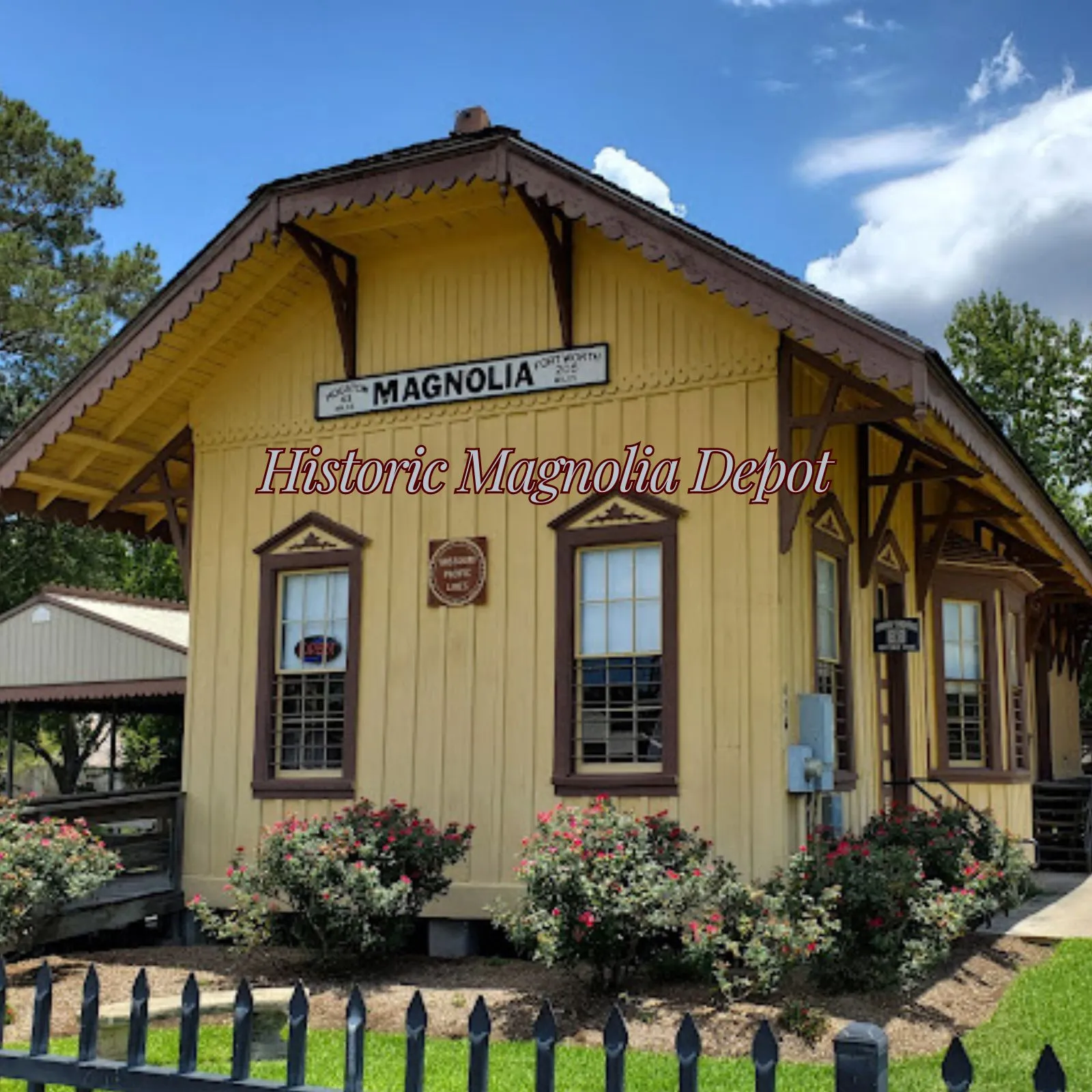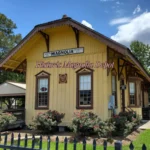The Rich Tapestry: A Deep Dive into the History of Magnolia, Texas
Magnolia, Texas, isn’t just another dot on the map. It’s a living testament to Texas’s vast, vibrant history. From its indigenous roots to its current standing as a bustling, modern-day community, Magnolia has a story that’s both compelling and uniquely its own. Here’s a comprehensive look into the rich history of Magnolia, Texas.
1. Indigenous Beginnings
Long before the modern settlement of Magnolia, the area was inhabited by Native American tribes. The Akokisa and Atakapa tribes were among the earliest known residents, with evidence suggesting their presence dating back thousands of years. These tribes laid the foundation for the community, showcasing a profound respect for the land.
2. The Spanish Era
The 18th century saw Spanish explorers, like Alonso De León, traverse the region, charting paths and establishing missions. Their influence, though fleeting, left a mark on Magnolia’s landscape and culture.
3. Formation of Magnolia
In the late 1800s, as settlers moved inland from the Gulf Coast, a community began to form around a sawmill, and in 1902, Magnolia was officially established. Its name, inspired by the magnolia trees that graced the area, epitomized its natural beauty.
4. The Railroad Boom
The early 20th century saw Magnolia thrive due to the introduction of the railroad. The Magnolia Depot, constructed in 1902, played a pivotal role in connecting the town to larger cities, facilitating trade and movement.
5. Oil and Agriculture: Economic Pillars
While the railroad was a significant boon, Magnolia’s economy truly surged with the discovery of oil and its robust agricultural production. Fields of cotton and cattle ranches painted the landscape, making it a hub for trade and commerce.
6. Education and Infrastructure
As the town grew, so did its emphasis on education and infrastructure. Schools were built, roads paved, and institutions established. The Magnolia Independent School District, formed in the early 20th century, became a cornerstone for the community’s progress.
7. Modern Magnolia: Merging the Past with the Present
In recent years, Magnolia has skillfully blended its historical roots with modern amenities. The Magnolia Stroll, a half-mile pedestrian walkway, stands as a testament to the town’s commitment to preserving its history while fostering community engagement.
8. Historical Landmarks
Several landmarks in Magnolia serve as constant reminders of its storied past. The Magnolia Cemetery, with graves dating back to the 1800s, offers a solemn reflection of the town’s pioneers and founders.
9. Festivals and Commemorations
Magnolia takes pride in its history, celebrating it with annual events like the Depot Day. This festival not only entertains but educates attendees on the town’s rich heritage.
10. The Future: Building on Historical Foundations
As Magnolia marches into the future, its historical bedrock remains firm. Efforts are consistently made to preserve historical sites, with new developments always nodding to the town’s storied past.
Conclusion
Magnolia, Texas, is more than just its present-day charm and allure. It’s a town deeply rooted in history, with every street, building, and tree echoing tales from bygone eras. From its Native American origins to its modern-day advancements, Magnolia’s history is a vibrant tapestry that continues to shape its future. As the town grows and evolves, its history remains its guiding light, ensuring that the spirit of Magnolia remains undying and ever-resilient.
